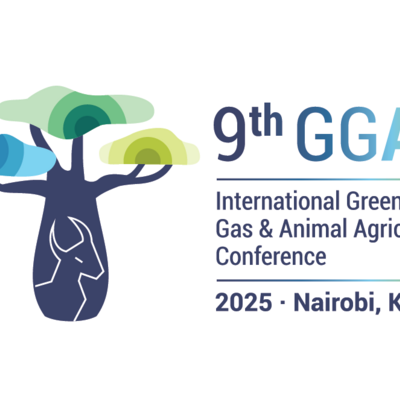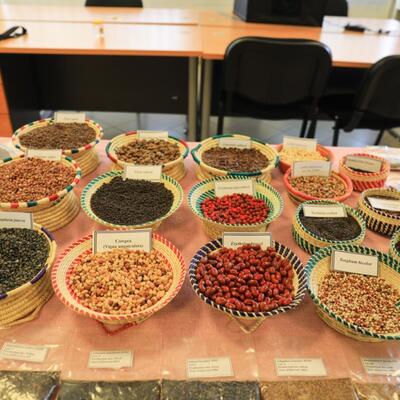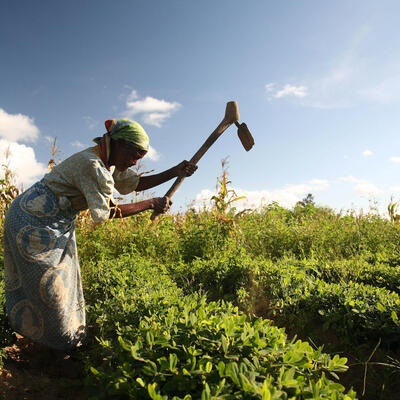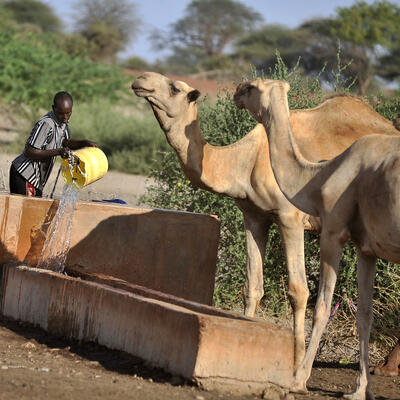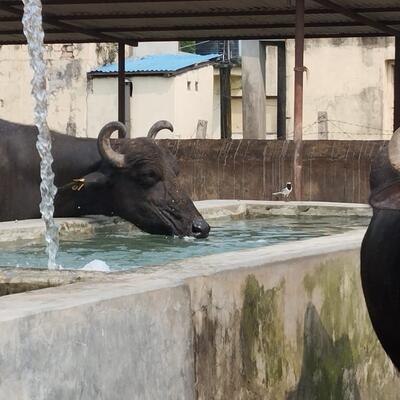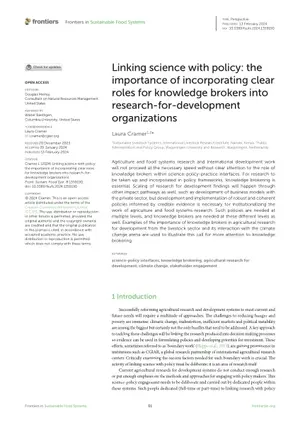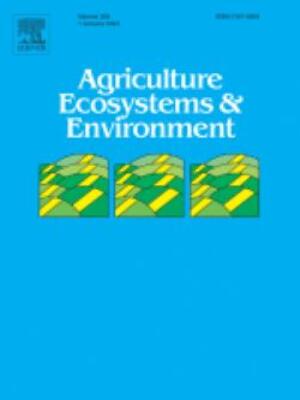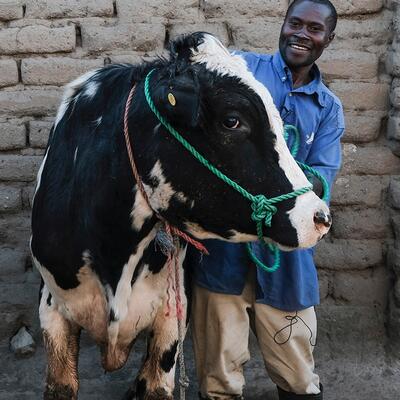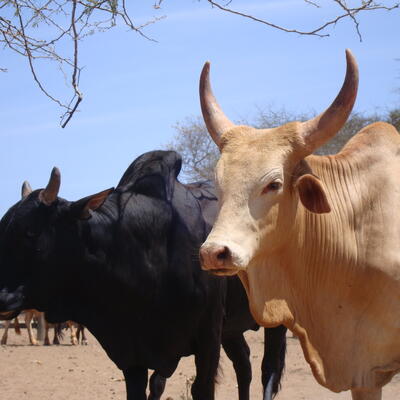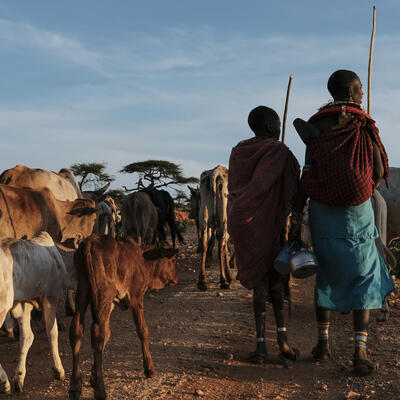
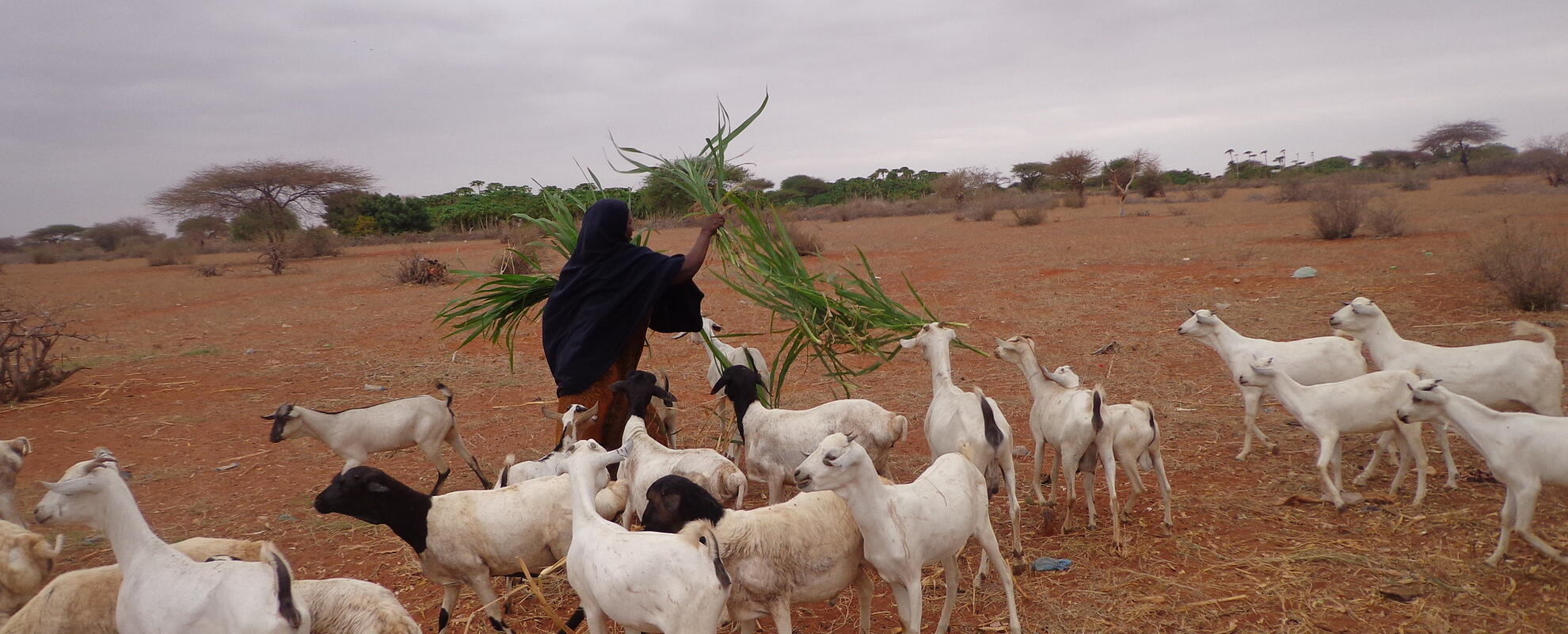
Connecting climate action and peace building in Kenya’s arid and semi-arid lands
Kenya’s arid and semi-arid lands face dire climate change challenges, in addition to historical and resource-based conflicts. However, amidst these challenges, there’s a promising opportunity for climate change mitigation and peacebuilding to work together, to resolve conflicts and promote inclusive governance of natural resources with most affected local communities. This blog explores how addressing climate change and fostering peace can go hand in hand, offering shared benefits for both the environment and communities.
Finding common ground
A recent workshop organized by CGIAR Initiative on Low Emissions Food Systems, also known as Mitigate+, with the Kenya Institute for Public Policy Research and Analysis (KIPPRA) explored the link between climate change and peace building in Kenya. Mitigate+ aims to identify ways to reduce global food systems emissions while simultaneously promoting food security and nutrition, amongst other development goals for advancing the 2030 Agenda. The workshop served as a platform for stakeholders, including representatives from national and county governments, CGIAR, development partners, NGOs, universities, and civil society organizations, to share perspectives on the interplay between peace building and climate change mitigation goals in Kenya.
During the workshop, participants discussed drivers of both emissions and conflict and developed practical solutions. Specific counties, including Kajiado, Laikipia, Baringo, Narok, Samburu, Marsabit, West Pokot, Garissa, Mandera, Turkana, Isiolo, Tana River, and Kilifi were identified as particularly susceptible to recurrent and severe droughts and floods, creating an environment conducive to various forms of conflict. These conflicts encompass human-wildlife clashes, wildlife-livestock tensions, and inter/intra-community conflicts, each manifesting in distinct ways as community members employ diverse strategies to manage these challenges. Furthermore, economic disparities, historical grievances, and competition for arable land amplify the complexity of these conflicts.
Applying a participatory approach, the workshop revealed how actions in the identified counties can bring about positive outcomes, supporting environmental conservation, community resilience, and peaceful coexistence.
Solving problems and identifying entry points
By leveraging existing resources and community resilience, the participants crafted a roadmap to promote sustainable peace while mitigating climate change impacts. Entry-points for addressing food system emissions and conflict in the identified counties included:
- Adopting a multisectoral approach to solving the issues relating to conflict, peace building and climate change mitigation, building partnerships and collaboration between local communities, governmental agencies, NGOs, and private entities.
- Progressive policy changes through education, i.e. on climate-smart agriculture, sustainable resource management based on the needs of the community and taking into consideration conflict and context sensitivity for improved ownership and sustainability.
- Engaging most vulnerable groups, such as youth and women, providing alternative sources of livelihood and credit opportunities.
- Establishing clear community governance frameworks on zoning and use limits, to implement sustainable grazing, soil, and water management practices.
A positive shift looking toward the future
This collaborative effort represents a significant step toward holistic approaches that connect climate action and peace initiatives. It goes beyond discussions, serving as a catalyst for change and breaking down barriers between different disciplines. The workshop sets a crucial milestone in promoting integrated solutions for environmental and social sustainability in Kenya’s vulnerable regions for more equitable and peaceful resource conservation.
This article is cross-posted on the CGIAR website: https://www.cgiar.org/news-events/news/connecting-climate-action-and-peace-building-in-kenyas-asals/
You may also like
Related Publications

Climate risk management solutions for enhanced resilience in the drylands : Innovative financial schemes and decision support tools can be effective risk reducing measures for vulnerable populations in the drylands
- Banerjee, Rupsha R.
- Shikuku, Kelvin Mashisia
- Paliwal, Ambica
- Whitbread, Anthony M.
- Wane, Abdrarahmane
- Worou, Nadine

Assessing socially differentiated needs and preferences for bundled livestock insurance in Northern Kenya using a multi-method approach
- Banerjee, Rupsha R.
- DuttaGupta, Tanaya
- Shikuku, Kelvin Mashisia
- Paliwal, Ambica
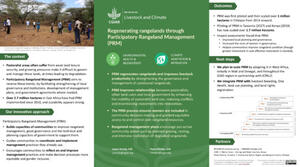
Regenerating rangelands through Participatory Rangeland Management (PRM)
- Sircely, Jason A.
- Flintan, Fiona E.





